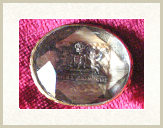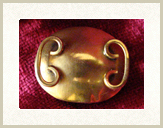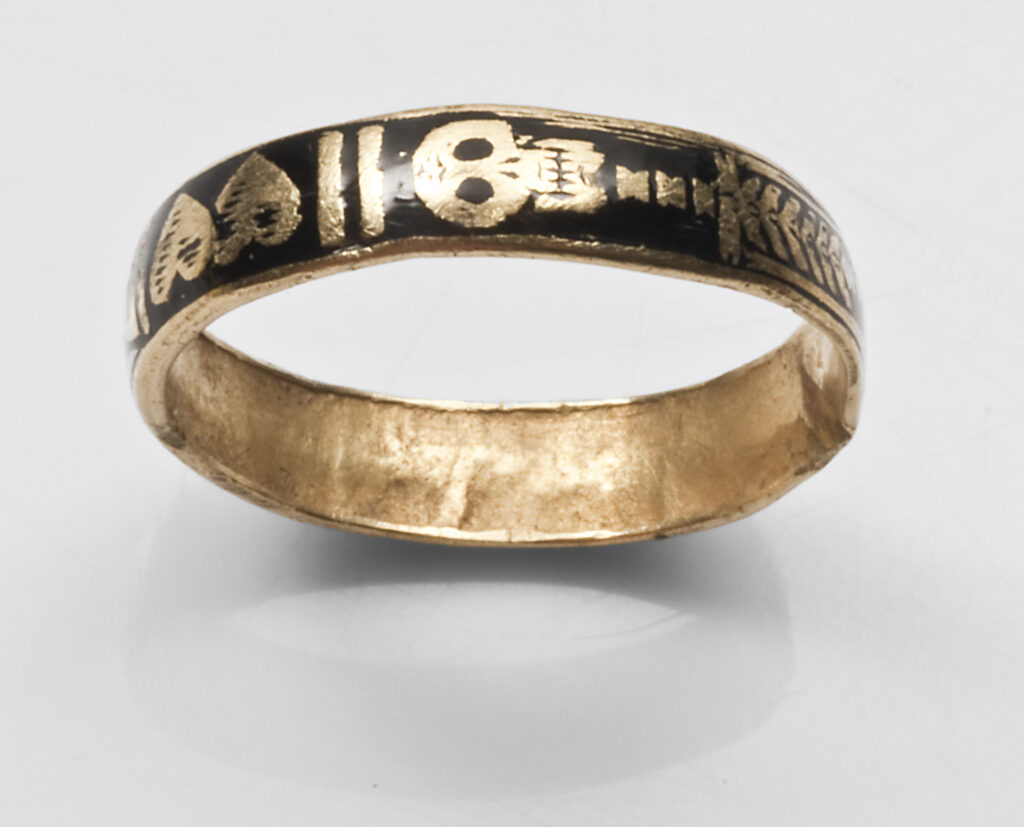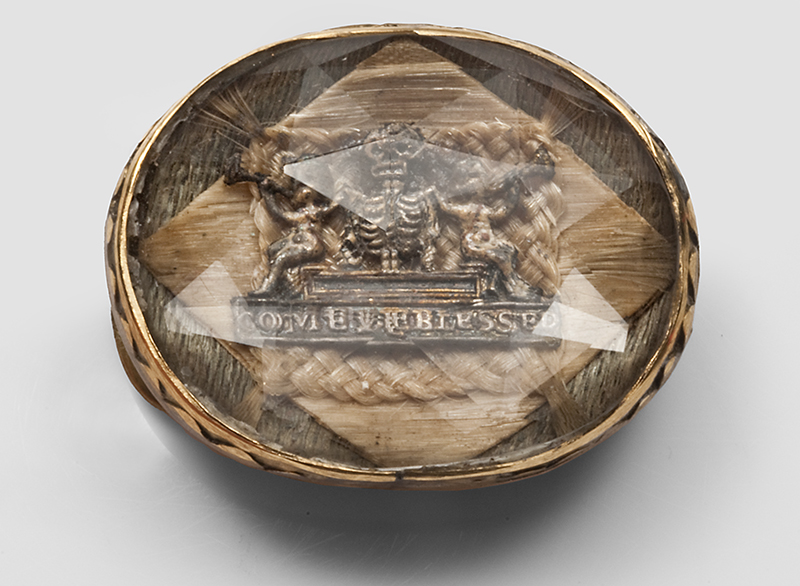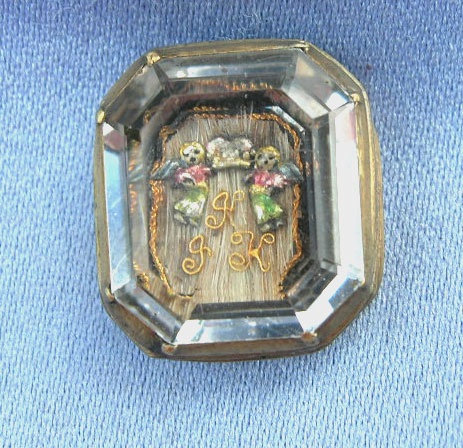Spotlight On: Ribbon Slides
Ribbon slides of this nature are early examples of the move towards wide-spread jewellery mementos during the post restoration period. Unlike the previous period, the move from the memento mori ideal provided a space where mourning could become a matter of personal interest. Ecclesiastically, the earlier change towards Protestantism facilitated this and the trauma of the English Civil War during the Stuart Era enforced an evolving custom that differed to that of mainstream Europe.
Considered to be earlier pieces, memento mori jewellery, or the statement of memento mori on objects previous to this time are not true mourning pieces, but a statement on mortality. Prior to the restoration period, portraits of Charles I would be worn secretly, usually hidden in lockets or placed in rings, to show the devotion of royalists to the crown. From this, the mourning custom grew. Mementos could be left to loved ones and the custom of mourning in its growing form became a personal ideal, rather than one central to the church.
Ribbon slides are unusual in they are a piece of popular fashion (for their time) which became absorbed by changing fashion. For their time, they were prolific and it’s quite easy to find original pieces even today, but as fashion changed, prominence fell upon bracelets, rings, necklaces, brooches, pendants and pins quite soon after the start of the 18th century.
I hope to have more examples and discussion of these wonderful little objects in the future!




